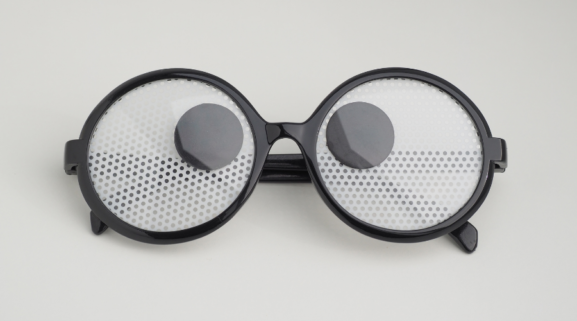Epiretinal Membrane
Epiretinal Membrane
What is Epiretinal Membrane?
The eye has many layers that allow vision. The retina, one of the layers of the eye, contains many nerves. The region called the yellow spot or macula in the center of the retina is effective in creating a clear image. Sharpness is impaired by the formation of a membrane-like structure on the macula. This thin membrane structure is called the epiretinal membrane. The epiretinal membrane prevents the macula from functioning. The result is skewed and unclear images.
What are the symptoms?
-Visibility is reduced.
-Unclear images occur.
-Curved, distorted and crooked images are viewed.
-Objects may appear larger or smaller than they actually are.
– Vision loss may occur.
– Dark spots may be seen in places.
It usually occurs in one eye.
Why Does It Happen?
The epiretinal membrane is often not noticed. One of the biggest factors in this visual impairment that occurs during routine controls is aging. The process of differentiation and change that takes place in every part of the body with aging also affects the eye. The incidence of the disease is higher in individuals aged seventy and above, compared to other ages.
Epiretinal membrane can also be formed by the effects of eye diseases or systemic diseases apart from aging. For example, diabetic patients are at risk of developing this disease. Or, trauma to the eye is caused by eye-related problems such as eye inflammation, vascular disorders and occlusions in the retina, tearing of the retina, and some laser applications and cryotherapy applied to treat problems in the eye.
Does the Epiretinal Membrane Seen in One Eye Affect the Other Eye?
The epiretinal membrane is mostly seen in one eye. However, if it is not treated in the advanced stage, there is a risk of epiretinal membrane formation in the other eye.
How is Epiretinal Membrane Diagnosed?
Basically, the examination of the posterior part of the eye is performed. If it is thought that epiretinal membrane may have formed as a result of this examination, eye tomography, also known as optical coherence tomography (OCT), is requested. Diagnosis is made according to the results of tomography.
How Is It Treated?
The epiretinal membrane does not show symptoms when it first forms and is therefore difficult to detect.Initially, it does not require treatment. However, in advanced stages, the epiretinal membrane becomes compressed on the macula and begins to shrink. With this event, the need for treatment also arises. The epiretinal membrane treatment applied today is a vitrectomy operation. During this operation, the epiretinal membrane is tried to be cleaned and lifted by entering the eye with special instruments. It is a highly successful treatment. Although recurrence of the membrane is very rare, it is possible to repeat the operation.
How Long Does Vitrectomy Operation Take?
The duration of the operation may vary depending on the condition of the disease and the instruments and techniques used during the operation. However, the treatment is completed maximum in 1-2 hours.
Prices of Vitrectomy Operation:
Vitectomy surgery is a treatment option used not only for removing the epiretinal membrane, but also for many treatments. The technique applied during the removal of the epiretinal membrane, the special equipment used and the stage of the disease cause price changes. For this reason, you should contact your doctor to get exact price information.



